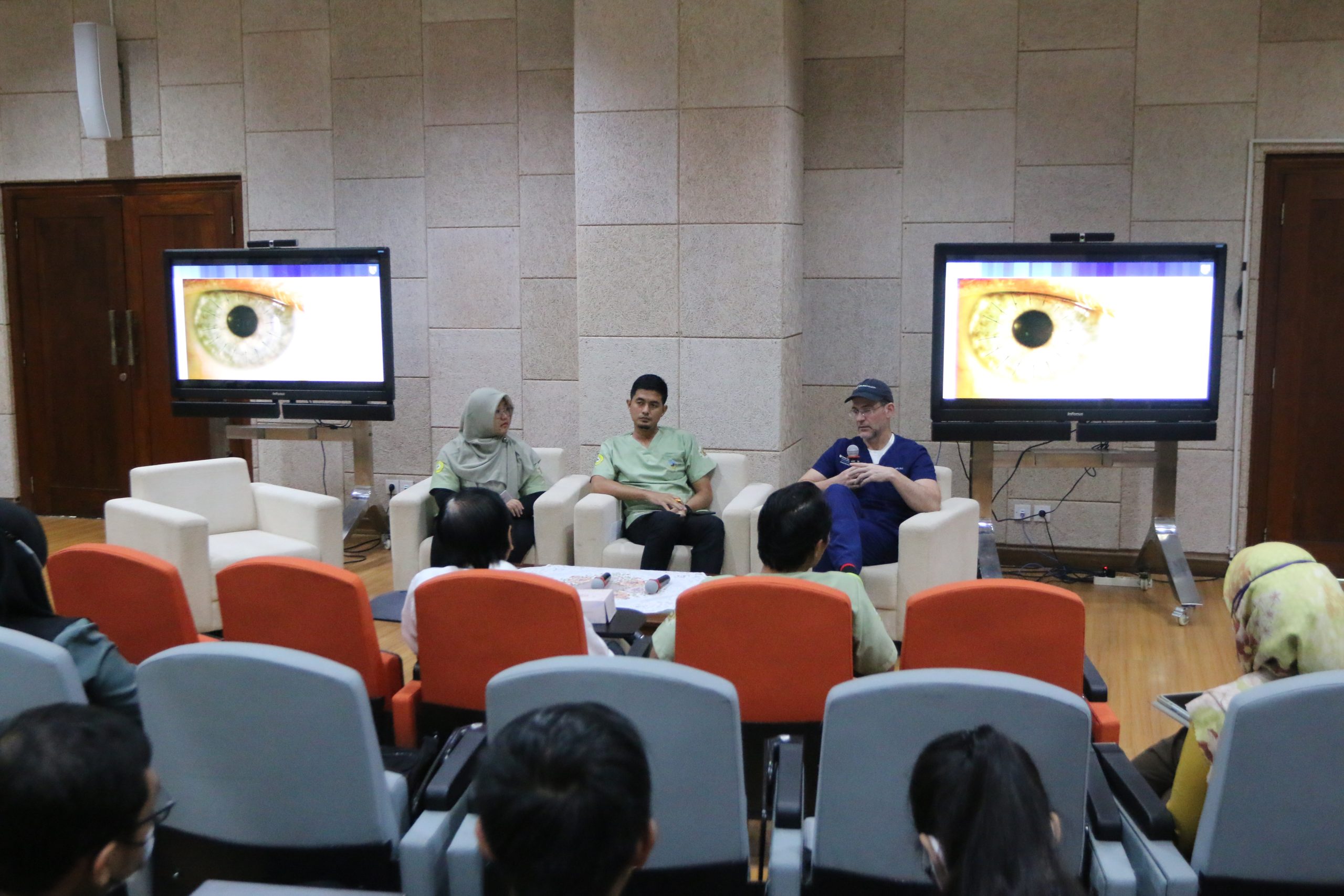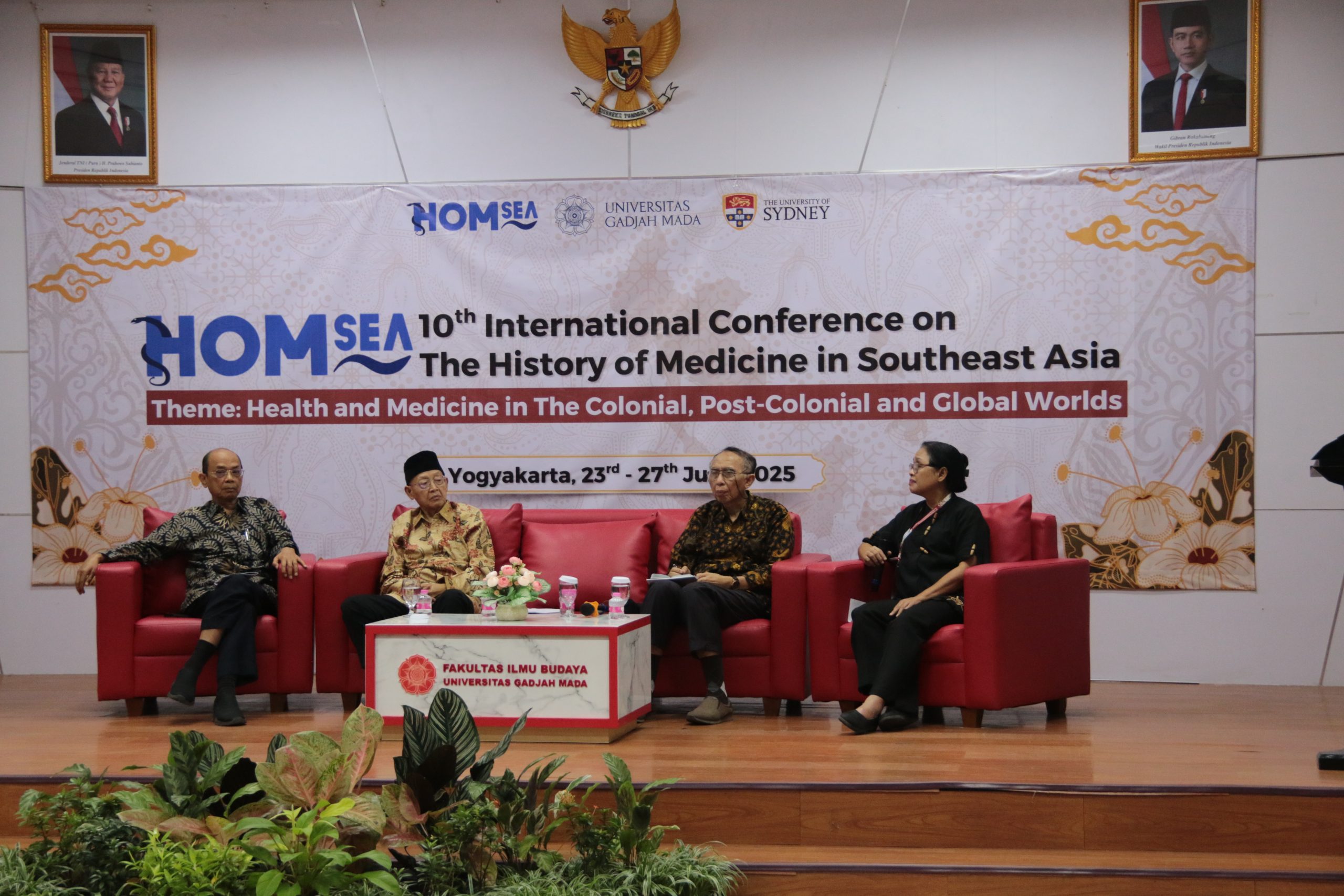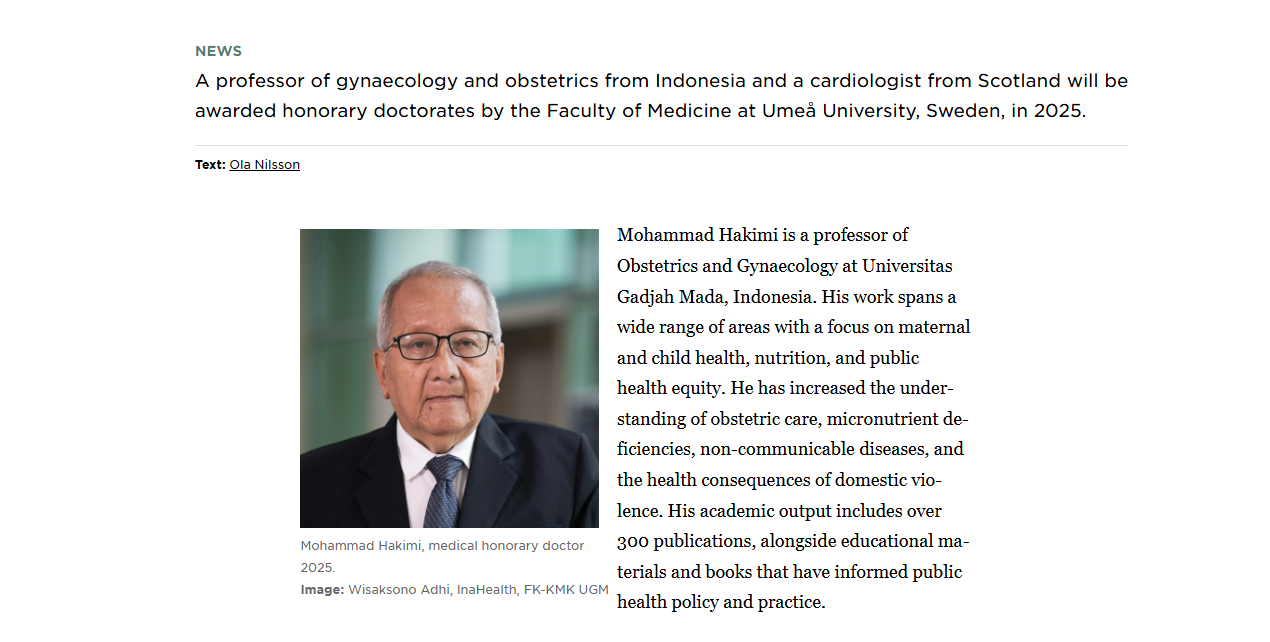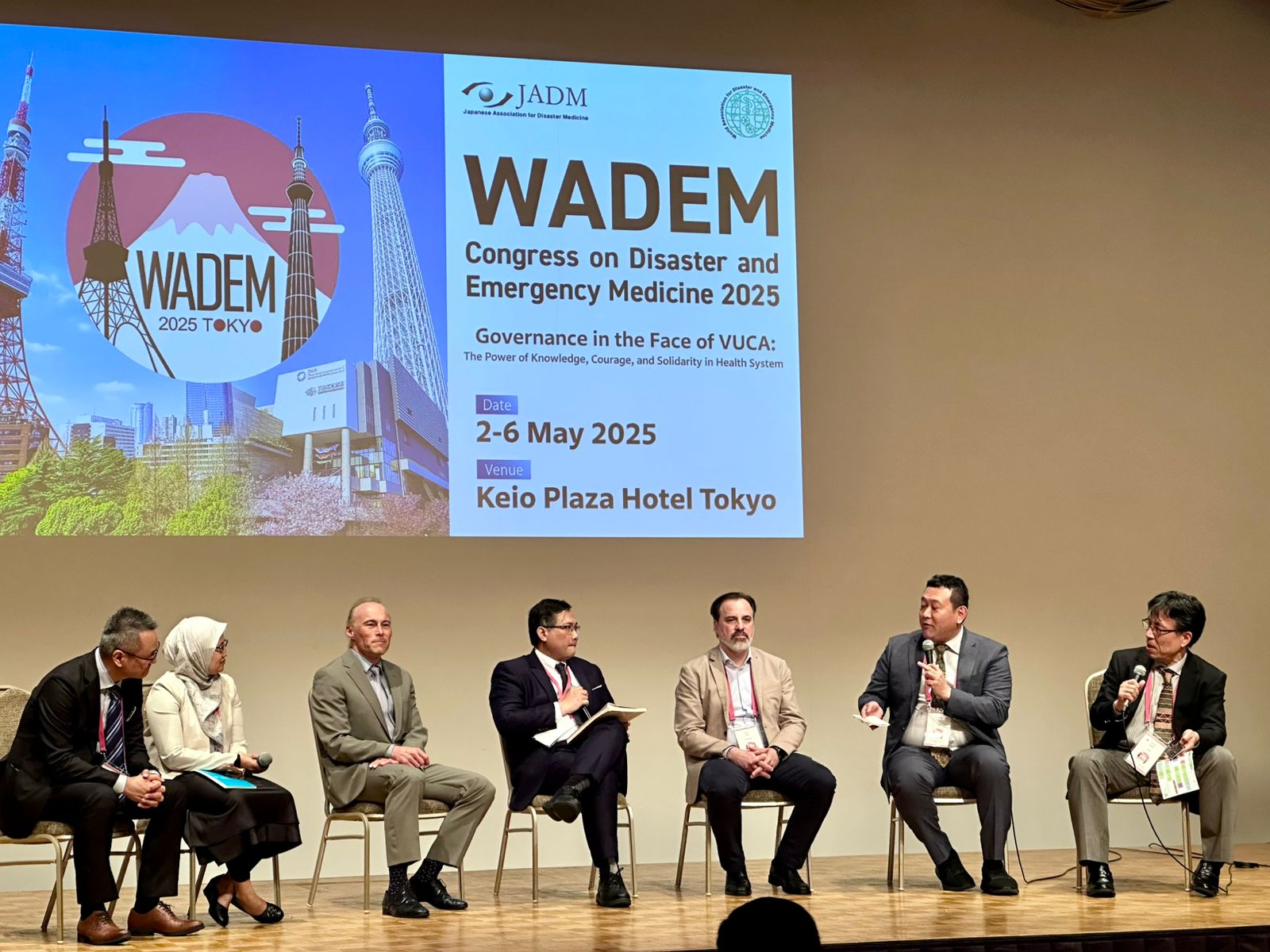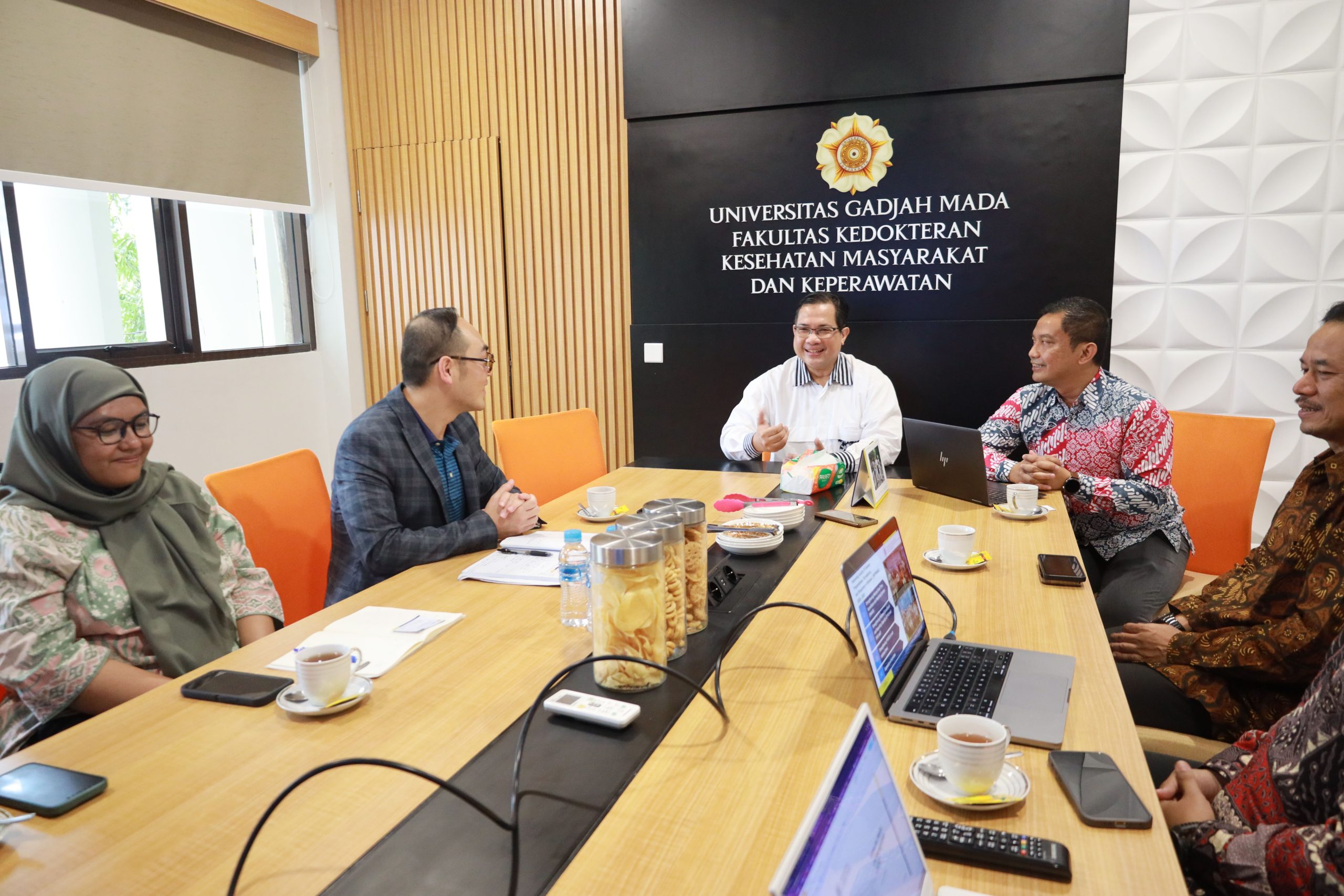FK-KMK UGM. The Department of Eye Health Sciences, Faculty of Medicine, Public Health, and Nursing UGM held an Expert Lecture “Current Perspectives on Corneal Transplantation” with Llyod Berthold Williams, MS, MD, PhD (Duke Eye Center, Duke University) on Wednesday (31/01) at the Auditorium on the 1st floor of Tahir Postgraduate Building of the Faculty.
Currently, 36 million people worldwide are blind. This condition is spread in all parts of the world, including Indonesia. Indonesia is one of the countries with the highest number of blindness cases worldwide. With this condition, every year there are 185,000 corneal transplant cases worldwide.
Although corneal transplantation is a commonly performed procedure, the health world still faces challenges in the process. According to Williams, one of the challenges in corneal transplantation is the rejection reaction. Although there is only a 20% chance, rejection reactions cause visual disturbances, such as loss of vision, eye pain, red eyes, and hypersensitivity to light.
On this occasion, Williams also explained the 4 methods of corneal transplantation, namely penetrating keratoplasty (PKP), DSAEK, and DMEK. Each method has its advantages and disadvantages.
PKP is a corneal transplant technique that takes the source of the damaged corneal layer and replaces it with the donor cornea by suturing it around the tissue. DSAEK is a back/endothelial corneal replacement that includes layers from the stroma to the endothelium.
DALK is corneal surgery of the eye where the corneal layers are retained and corneal layers are added to match the thickness of the cornea. DMEK is a transplant method that uses a much thinner layer of donor tissue.
The DSAEK technique is better than DMEK when applied to eyes with complicated anterior chamber conditions, including eyes with aphakia, Baerveldt implants, large iris defects, and hypotonus. As this technique has a low rebubbling rate, the DSAEK technique is also recommended for patients whose condition is due to medical or social reasons and who can only receive one treatment.
DMEK is the most advanced transplant technique. In phakic patients with clear lenses, postoperative results after DMEK are as good or even better than three surgical procedures. In contrast, modern lamellar techniques such as DMEK and DSAEK are unsuitable for eyes with obvious corneal scarring of the stroma and severe corneal neovascularization. Therefore, in these conditions, the PKP technique is used. (Nirwana/Reporter)

